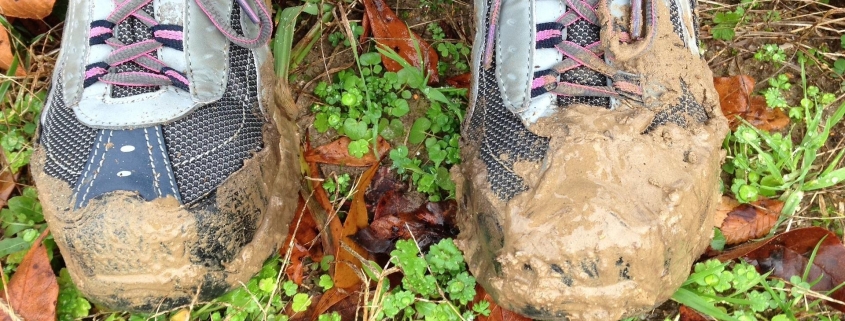Water VIP: Soil Saturation And Drainage
Many factors must be considered by the water managers at Lake Worth Drainage District (LWDD) when managing a rain event. One factor not often thought of by the average person is the varying water content in the soil which can have a significant impact on the drainage rate and flood control operations.
When dry soil is crushed in the hand, you can see how it is composed of all kinds of particles of different sizes. Most of these particles originate from the degradation of rocks; they are called mineral particles. Some originate from residues of plants or animals; these are called organic particles. The soil particles seem to touch each other, but a much closer look will show there are spaces in between the particles. These spaces are called pores. When the soil is “dry” the pores are mainly filled with air. After irrigation or rainfall, the pores are mainly filled with water.
When it rains, water is applied to the land, and it begins to seep into the soil. This process is called infiltration. The infiltration rate of a soil is the velocity at which water on the surface can seep into it. The rate of infiltration is affected by the texture of the soil. For example, the infiltration of water into a sandy soil is faster than into a clay soil because the texture of clay is much denser than the sandy soil. The infiltration rate of a soil also depends on the existing soil moisture content. The water infiltrates faster when the soil is dry, rather than when it is wet. You can see this when it has been raining for an extended period. Puddling or pooling of water will occur.
If all soil pores are filled with water the soil is said to be saturated and there is little to no air left between the soil particles. It is easy to determine if soil is saturated. If a handful of saturated soil is squeezed, some muddy water will run between your fingers. The period of saturation of the topsoil usually does not last long. After the rain has stopped, part of the water present in the larger pores at the top will move downward. This process is called drainage or percolation. In coarse textured sandy soils, drainage is completed within a period of a few hours. In fine textured clay soils, drainage may take 2-3 days.
The type of soil and degree of saturation is a consideration when managing water. The flood control function is a balancing act. Water managers must provide adequate drainage for flood control while holding back water for future supply needs. The LWDD has over 100 years of experience in managing the flood control in southeastern Palm Beach County. For more information on water management visit our website at www.lwdd.net.




